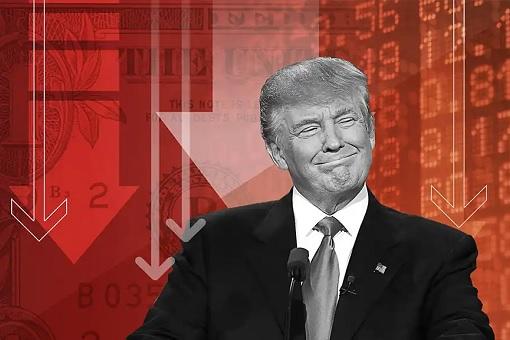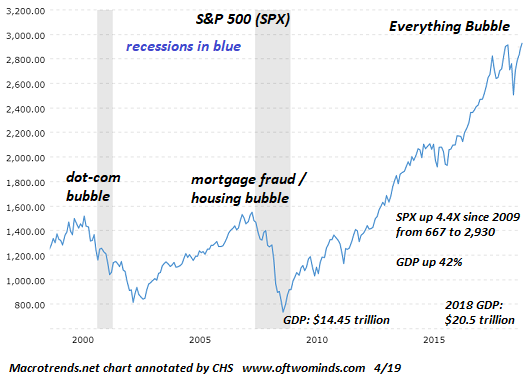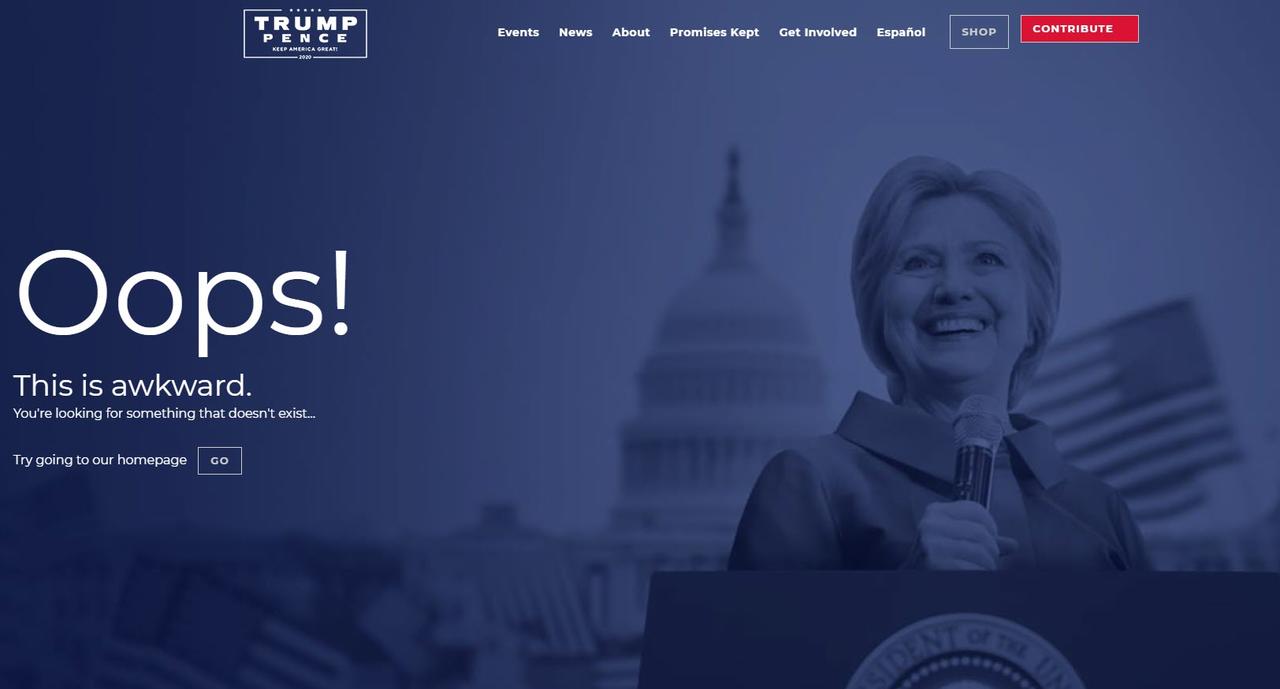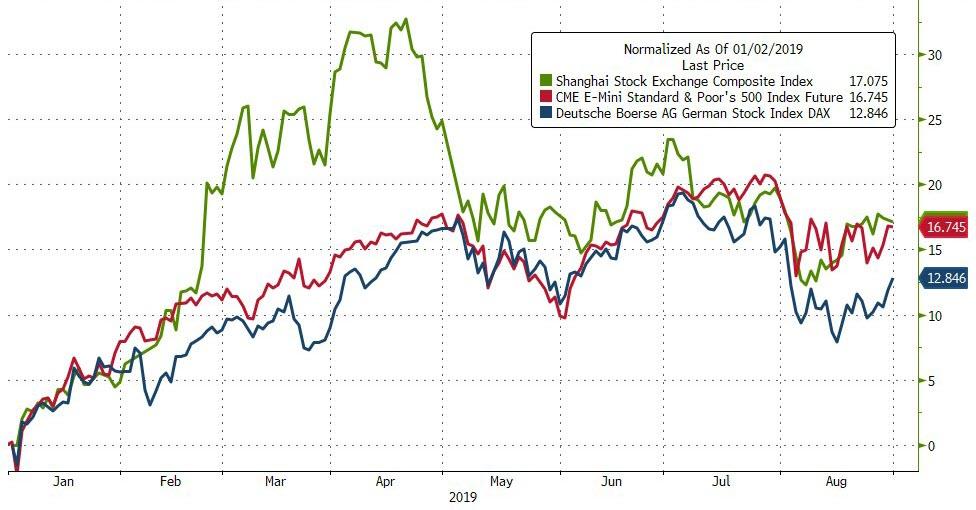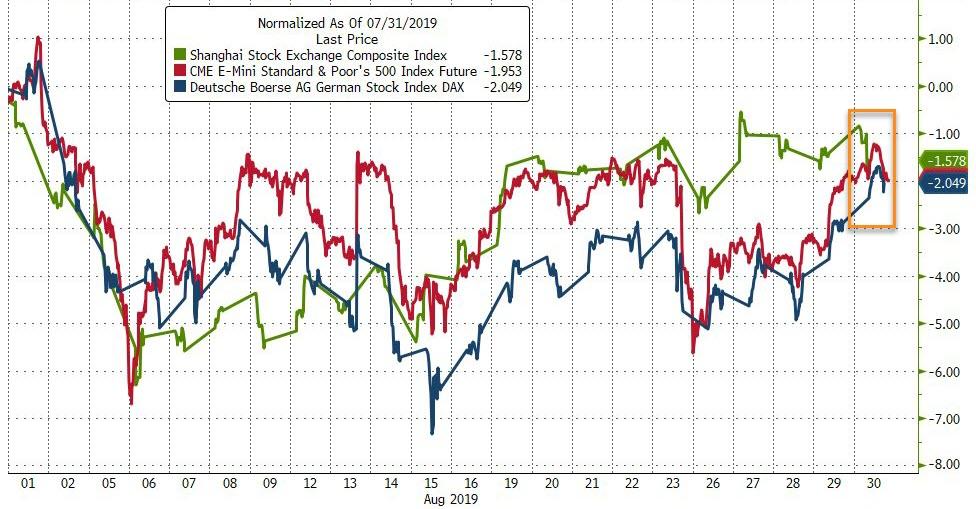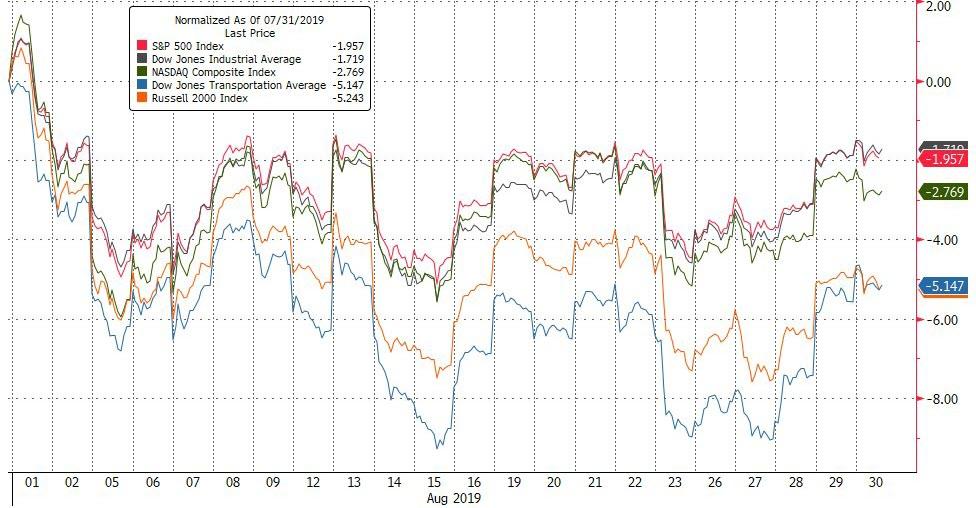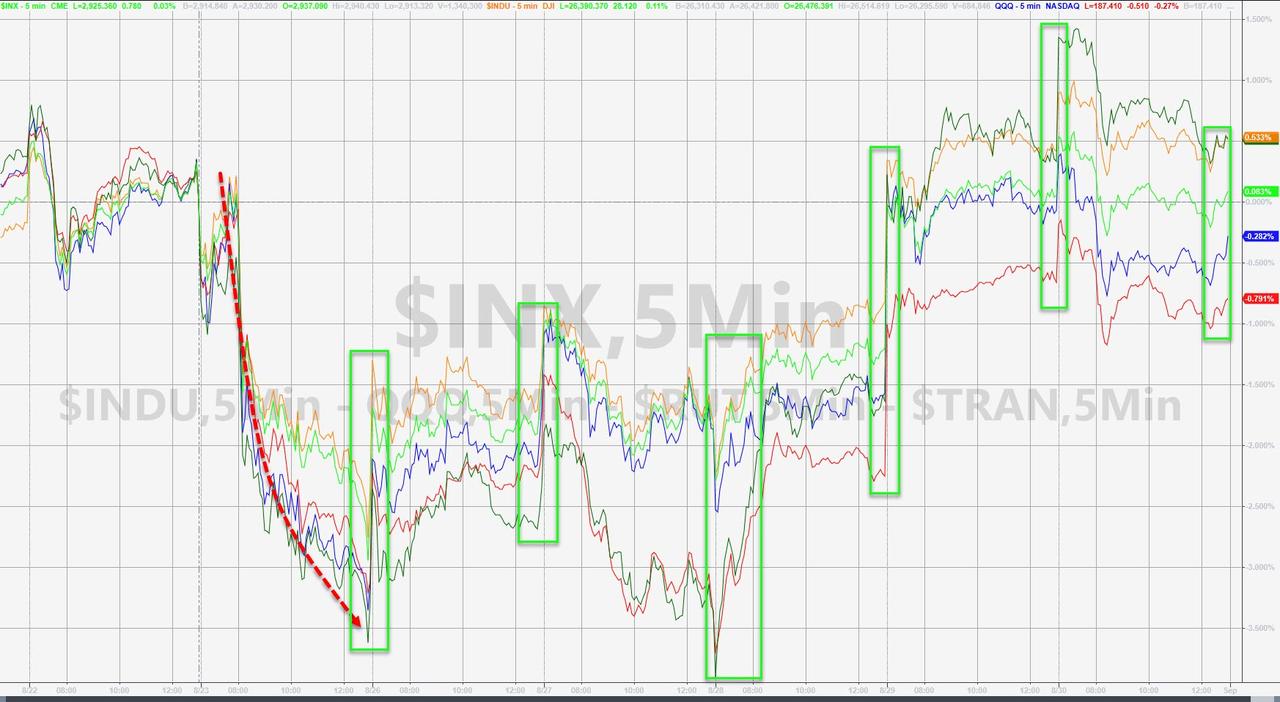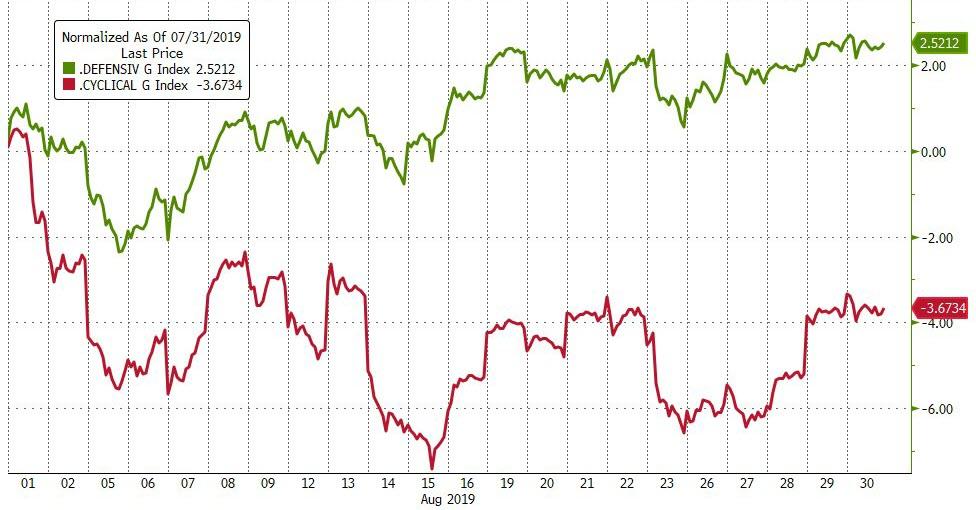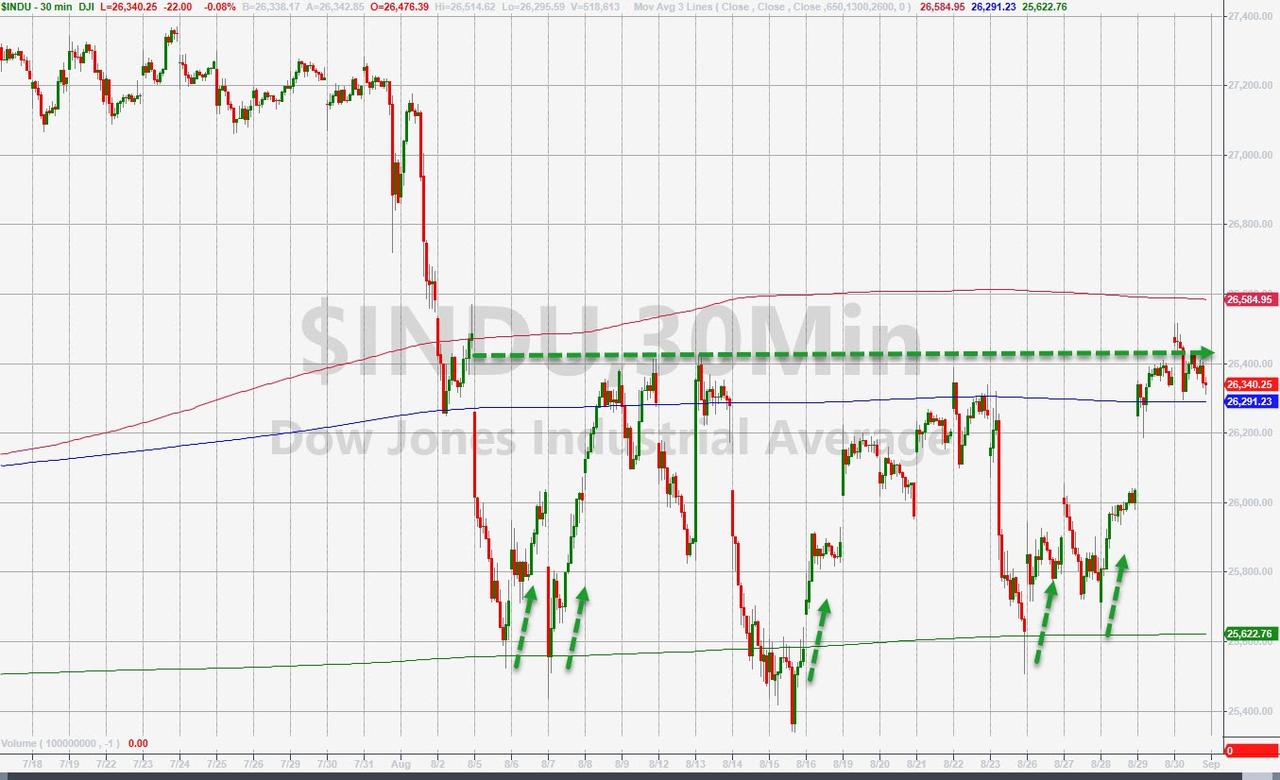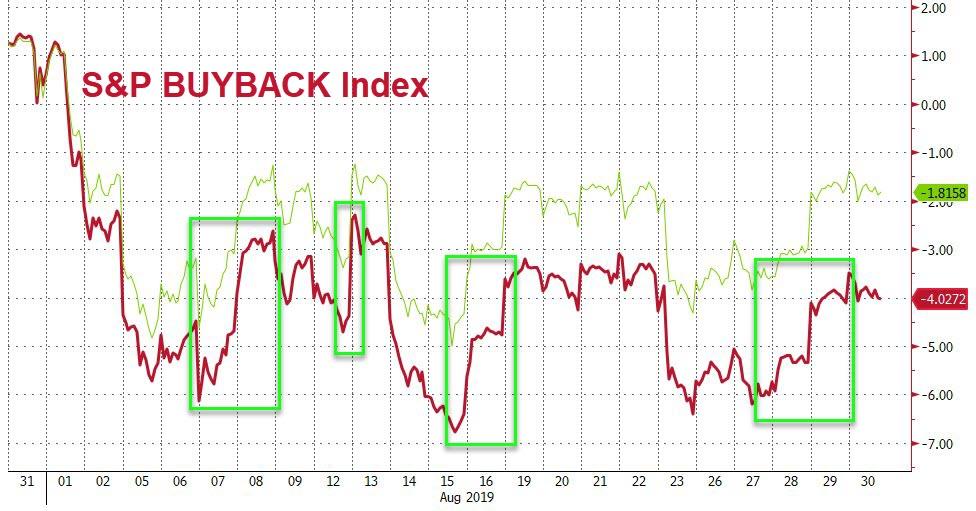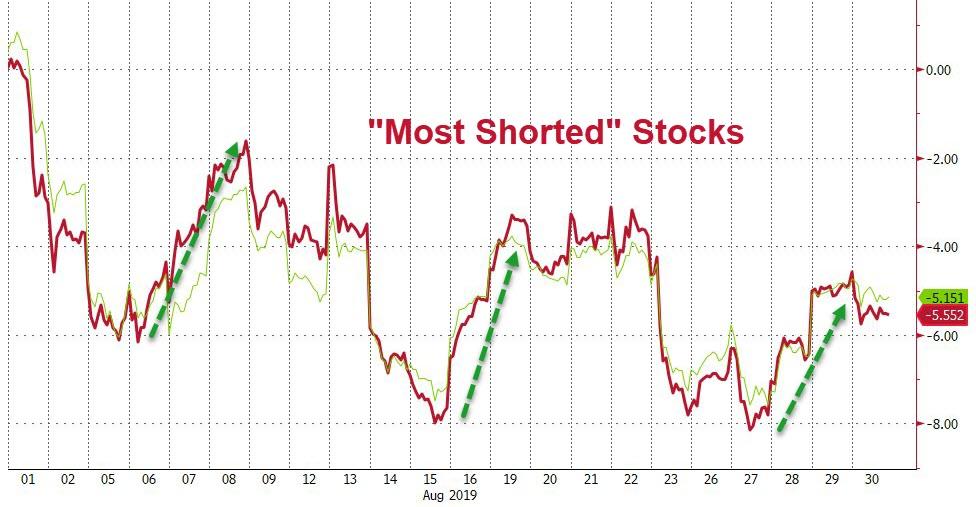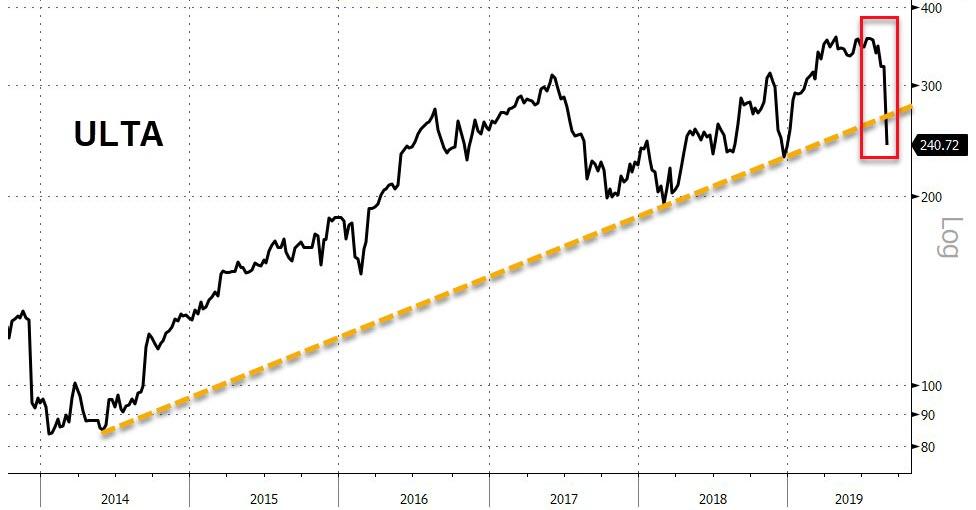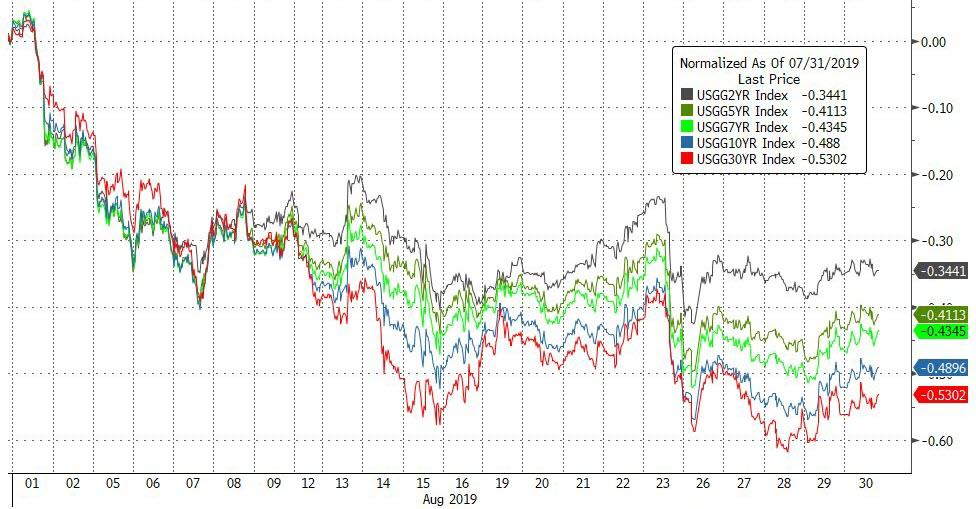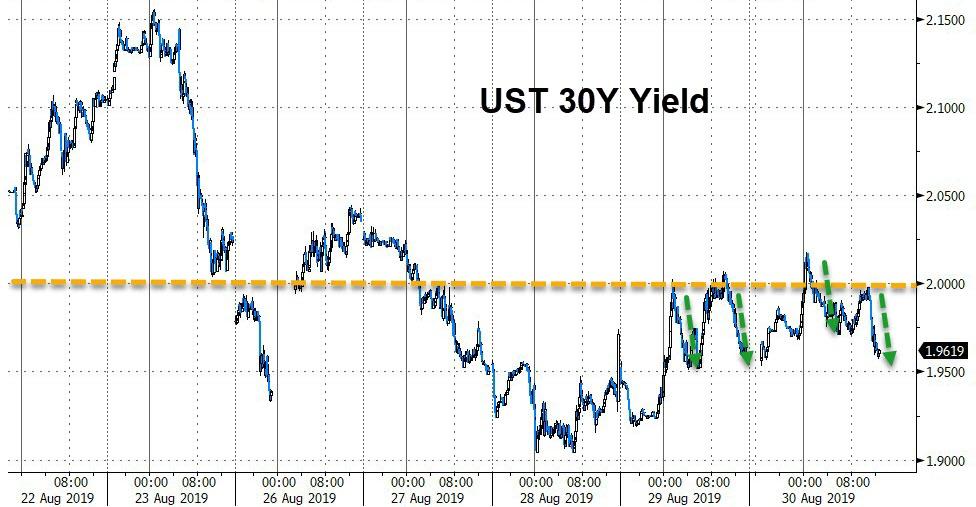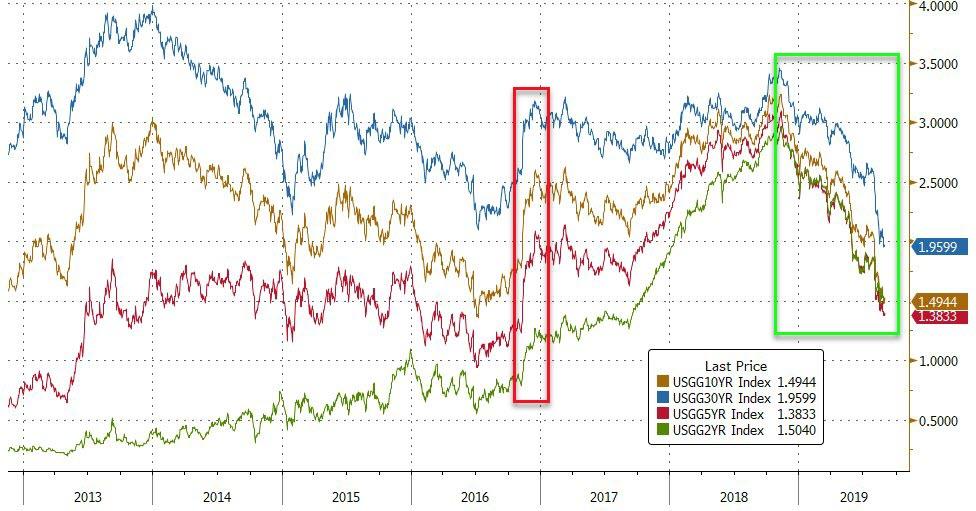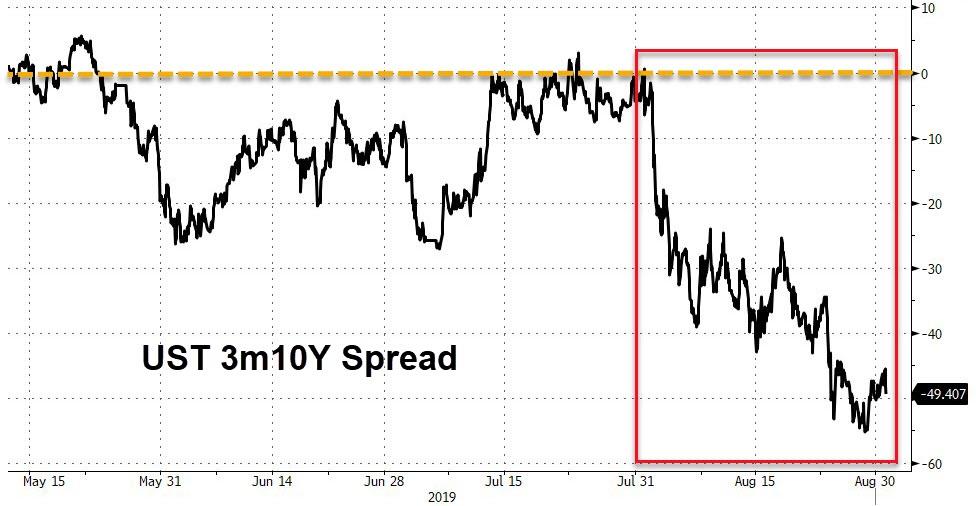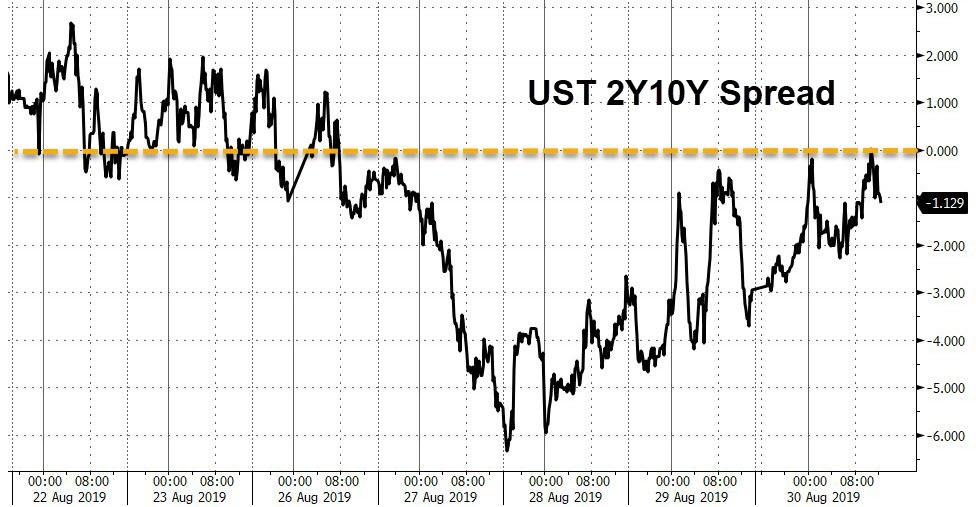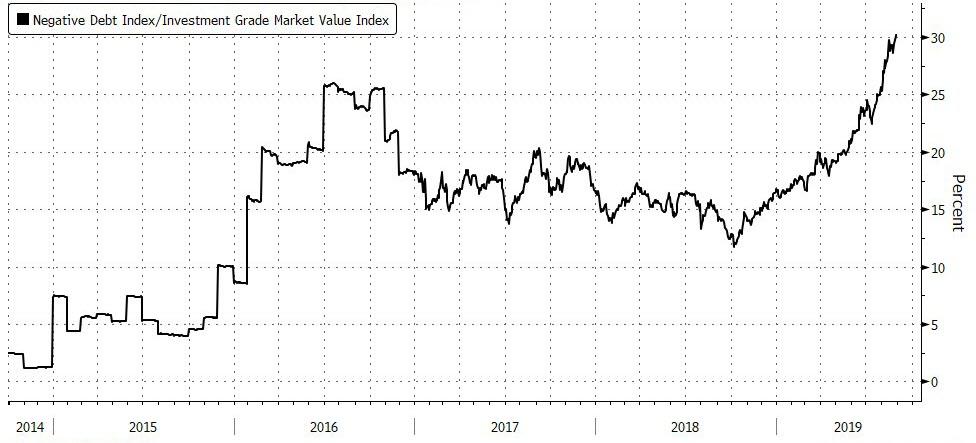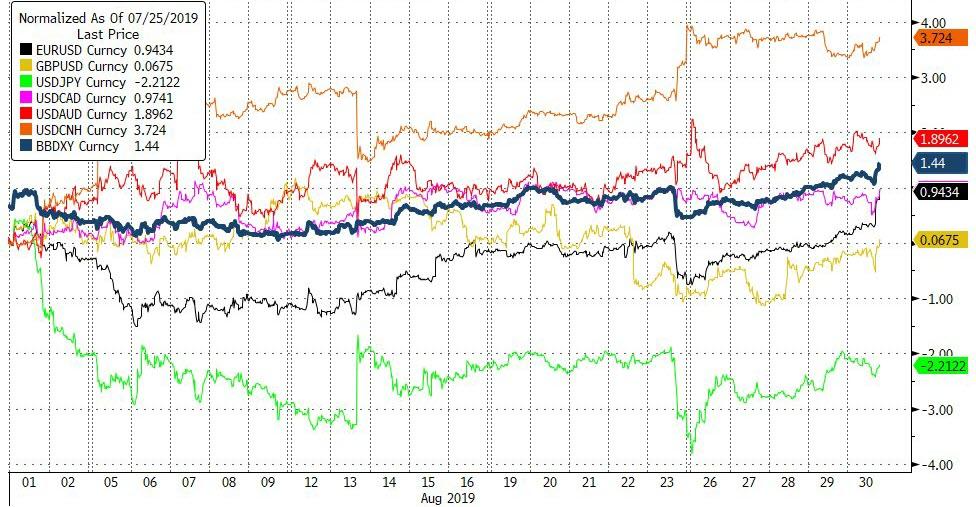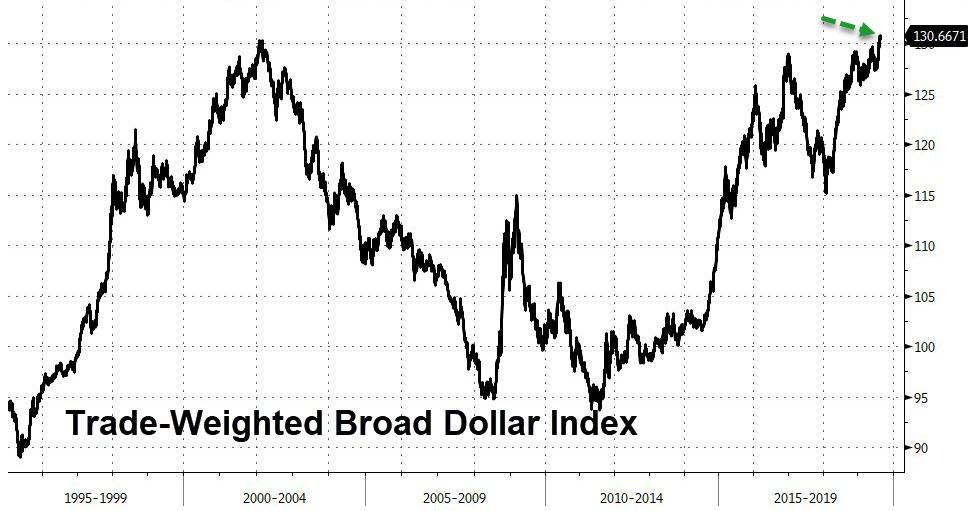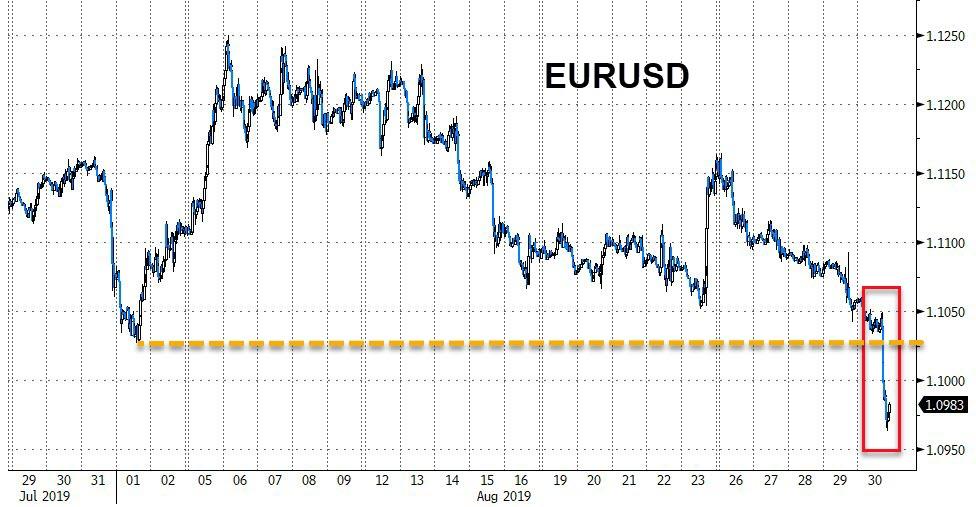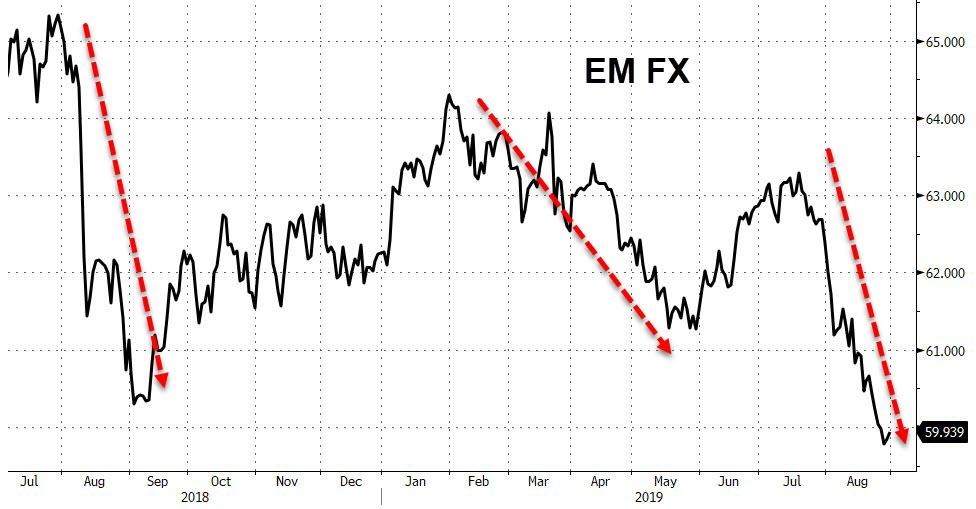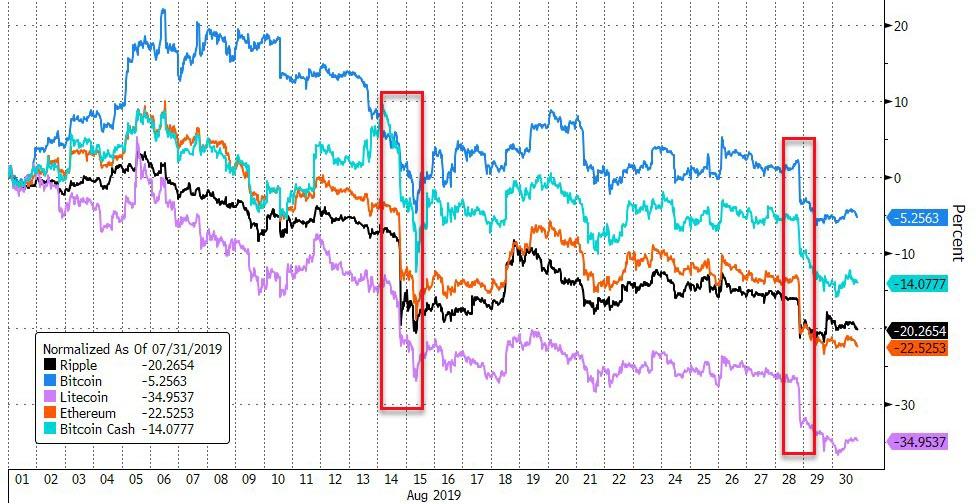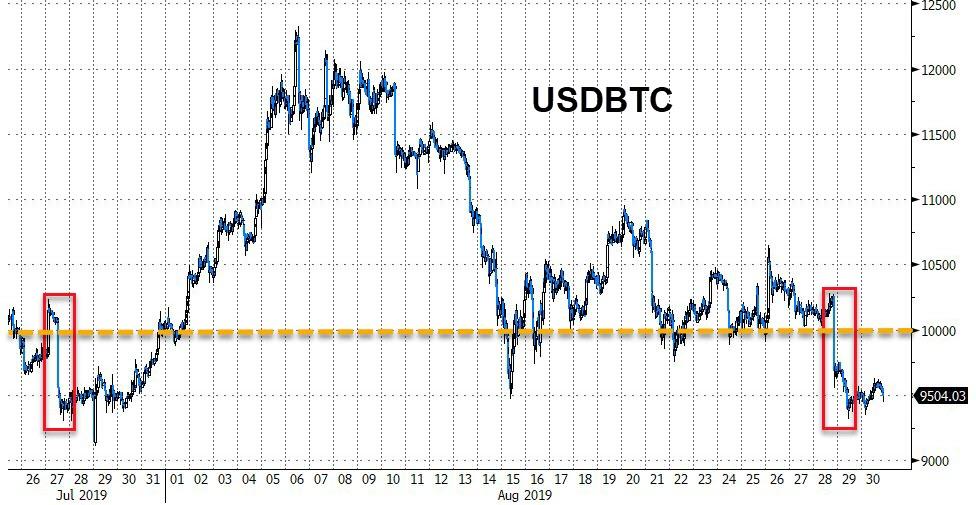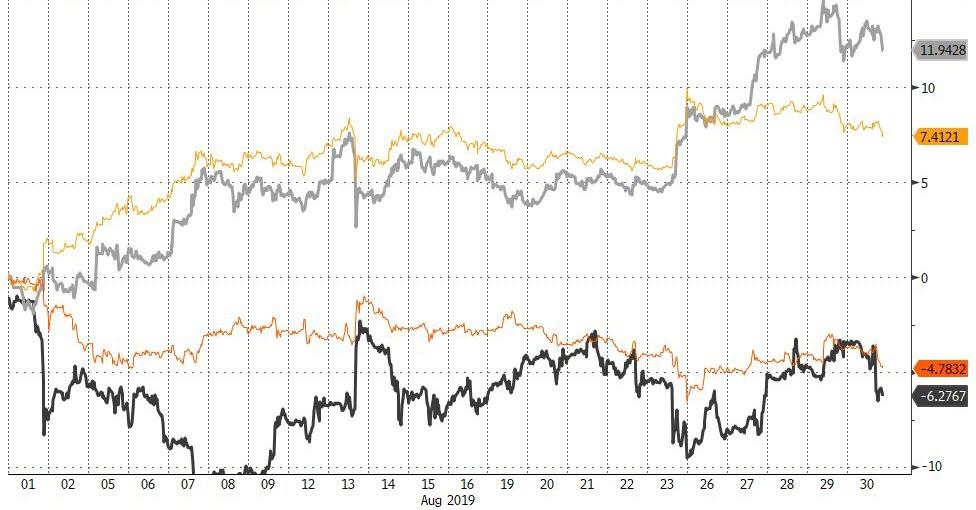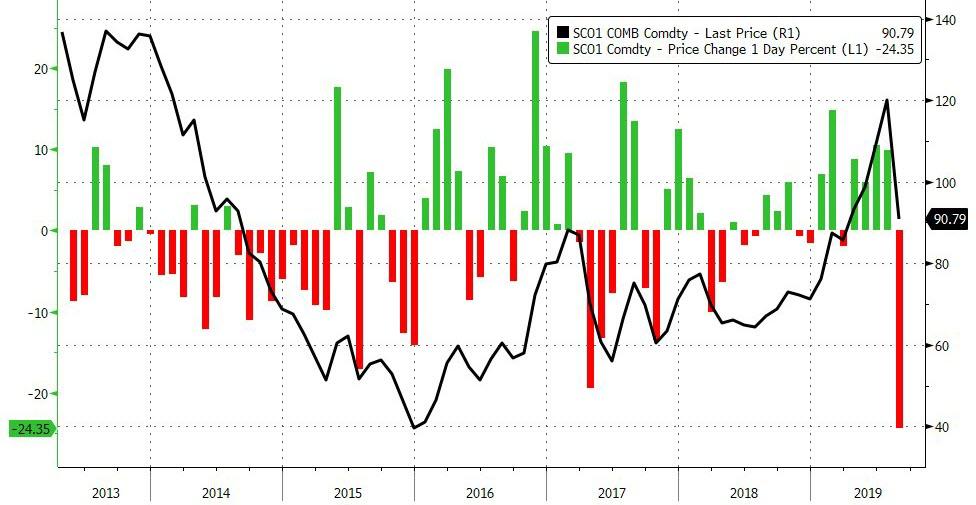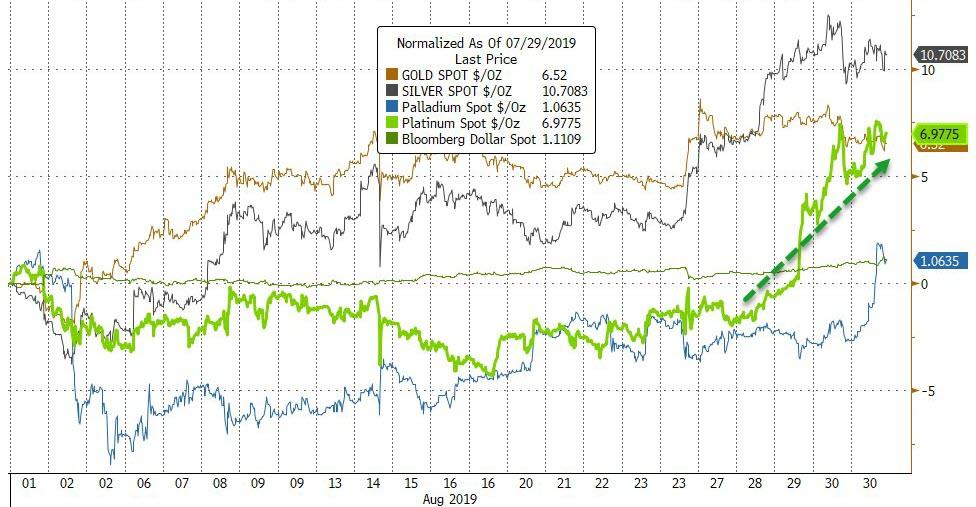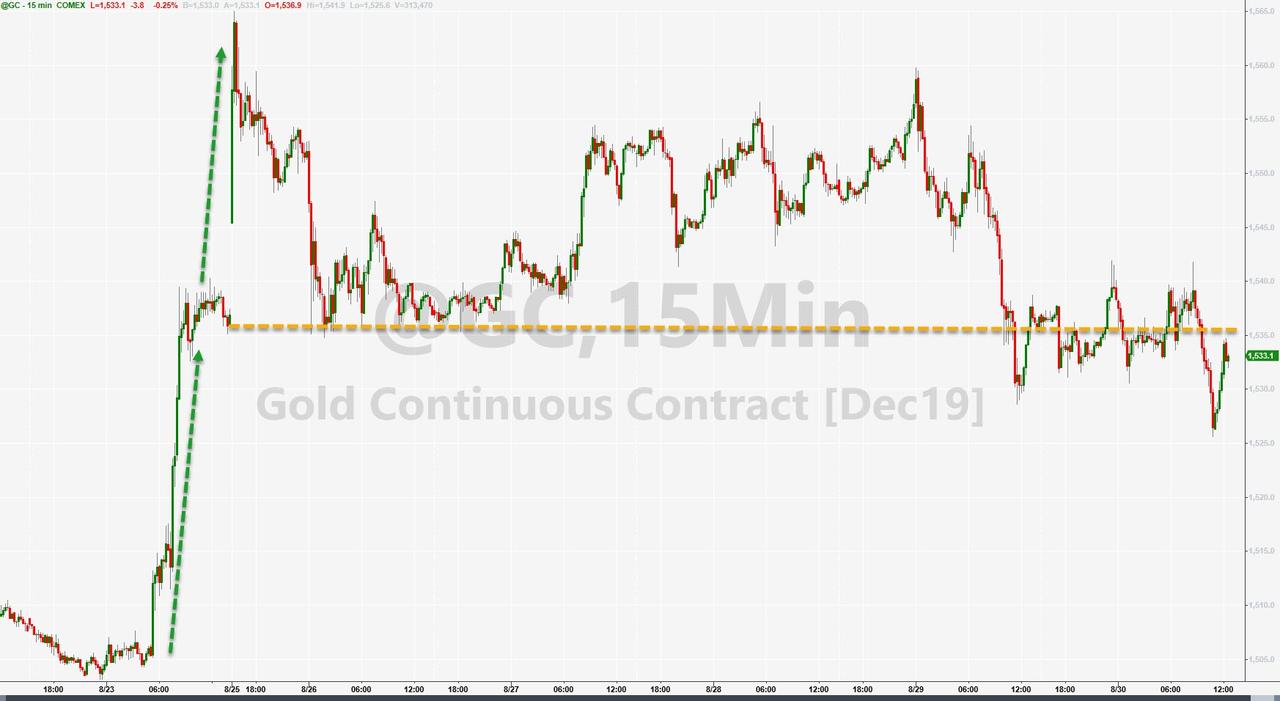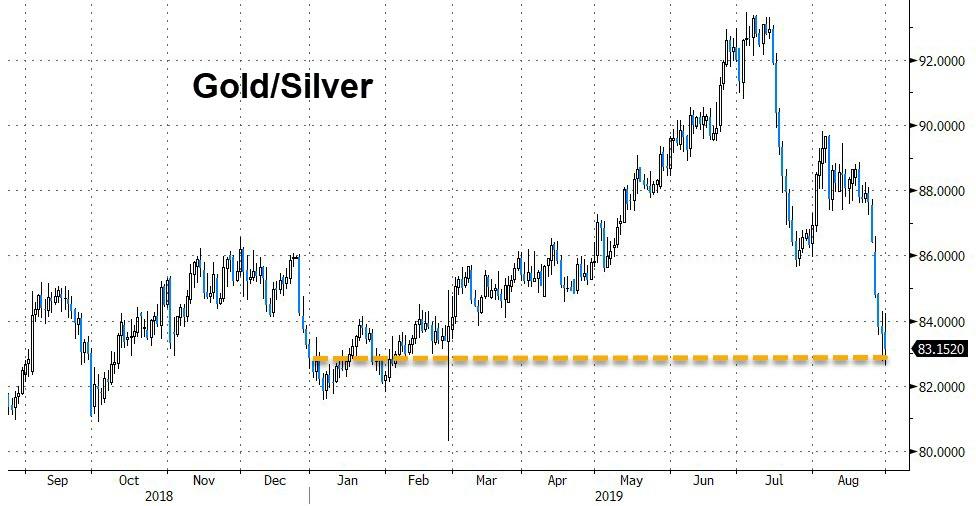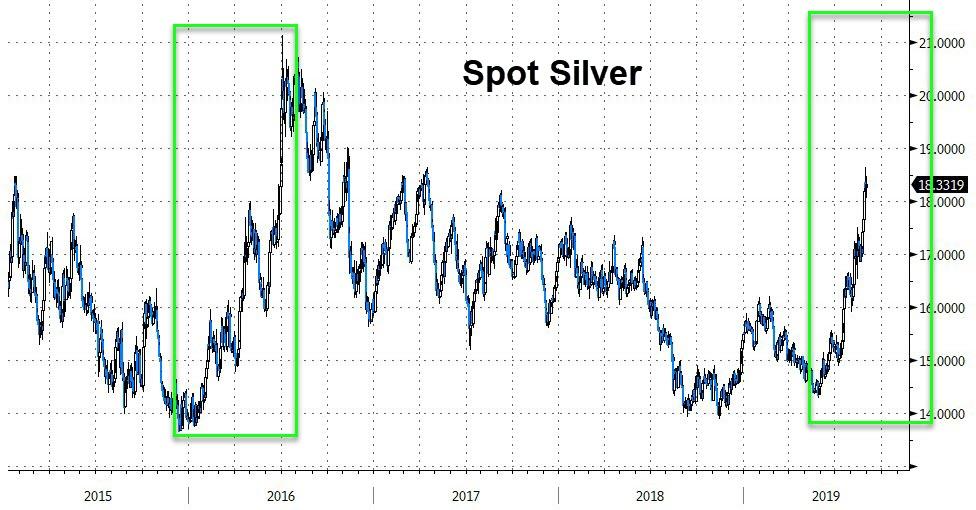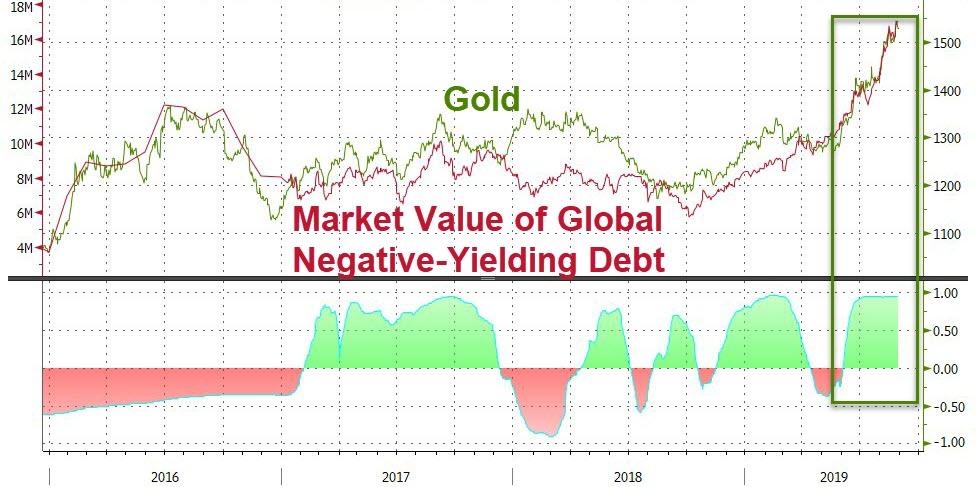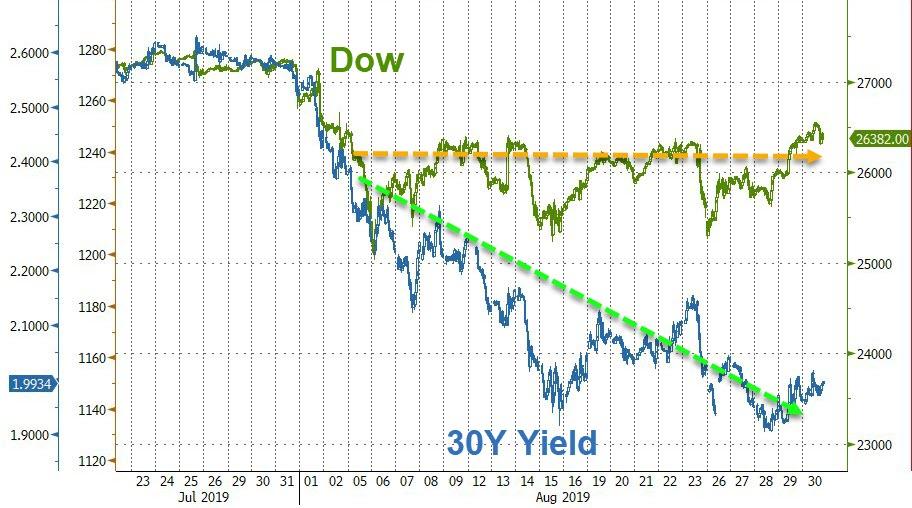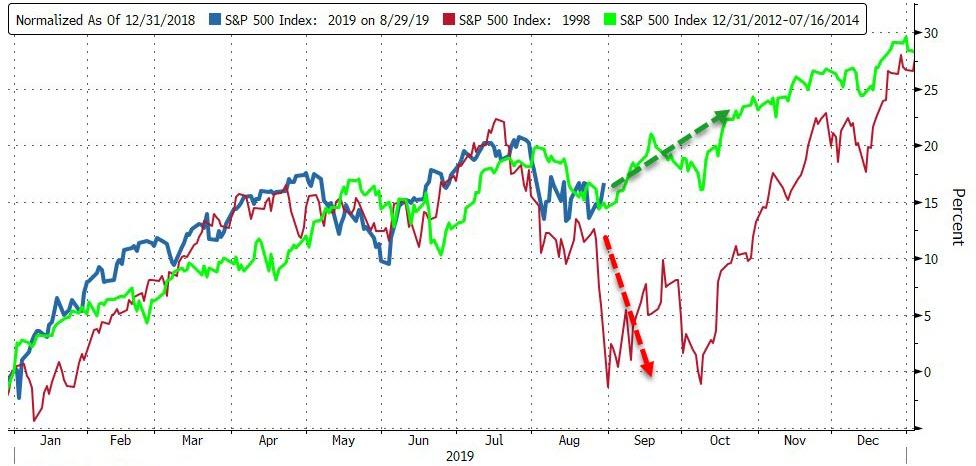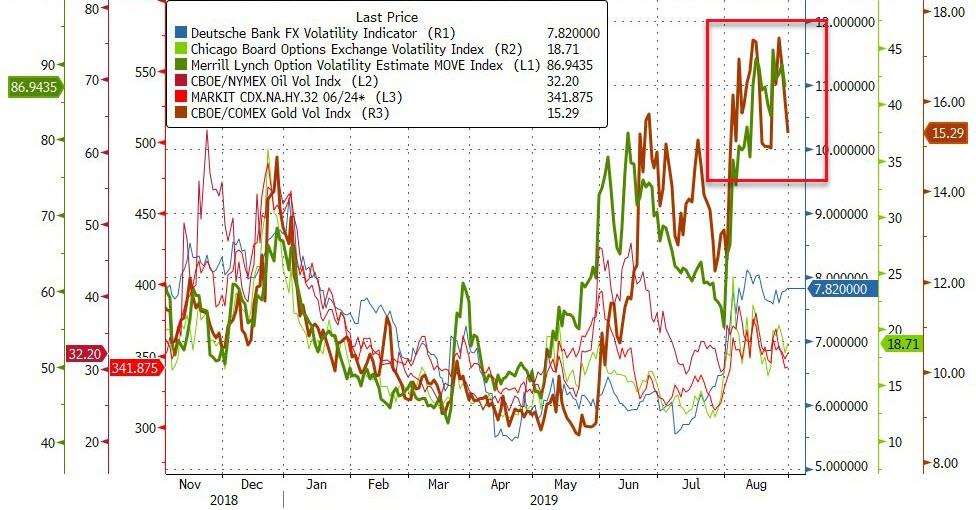Canadians are super environmentally friendly – until they have to pay for it.
According to new data released by the Public Policy Forum’s Digital Democracy Project, Canadian voters rank the environment as their second greatest political concern – voicing widespread support for reducing Canada’s greenhouse gas emissions.
That support quickly melts, however, when voters are asked to personally pay more to combat climate change, according to The Star.
“It’s a general human phenomenon that we don’t align personal sacrifice with personality priorities. I mean, that’s why people don’t exercise, right?,” said University of Toronto political science professor and survey lead for the Digital Democracy Project, Peter Loewen.
“I think what’s happening here, frankly with the carbon tax, is the government has chosen an instrument that’s very visible, in which the cost can be expressed and the cost can be exaggerated, but the cost is very understandable to citizens.”
The environment and climate change are expected to be central issues in the upcoming federal election campaign. The Liberal government has brought in a carbon levy of $20 per tonne of emissions this year, rising to $50 per tonne in 2022.
Prime Minister Justin Trudeau has attempted to walk a line between action on climate change and support for the country’s natural resources sector, notably through the purchase of the Trans Mountain pipeline.
The Conservatives oppose the carbon levy and, while they promise to crack down on heavy industrial emitters, are offer no targets for emission reductions.
The good news for the Liberals is that not only is the environment a major political issues for Canadians — with 17 per cent of respondents saying it’s the most important issue to them — but there is strong support for reducing greenhouse gas emissions. –The Star
While 74% of respondents said they are in favor of Canada reducing emissions – mostly through renewable energy subsidies (72%), just 36% said they would support increasing the carbon tax.
What’s more, the survey revealed that Canadians are extremely sensitive to increases in the carbon price by breaking respondents up into three groups; “one group told a carbon tax would increase the cost of gasoline by five cents a litre, another group by 10 cents, and the final group by 15 cents.”
“At five cents, 42 per cent of respondents are estimated to oppose a carbon tax, but this rises to 51 per cent at 15 cents per litre,” the survey reveals. “This finding illustrates the political perils of using carbon taxes to secure emissions reductions needed to meet Canada’s international obligations.”
Opposition to raising the carbon price was clearly split along partisan lines. A majority of Conservative voters opposed the carbon price at any cost, while supporters of the left-leaning Liberals, New Democrats, Greens and Bloc Québécois were unresponsive to a hike in the price. –The Star
“This lack of responsiveness to the price could possibly be because these respondents are more willing to accept sacrifices needed to reduce emissions,” the report reads. “(But) non-partisans appear to behave more like right-leaning partisans. At five cents, they share a similar level of opposition to the carbon tax as left-leaning partisans (41 per cent each). However, they move toward majority opposition at 15 cents (53 per cent).”
1,554 voting-aged Canadians were surveyed between Aug 17 and Aug 23 – and the results were weighted by region, age and gender.
via ZeroHedge News https://ift.tt/30NcwqS Tyler Durden

